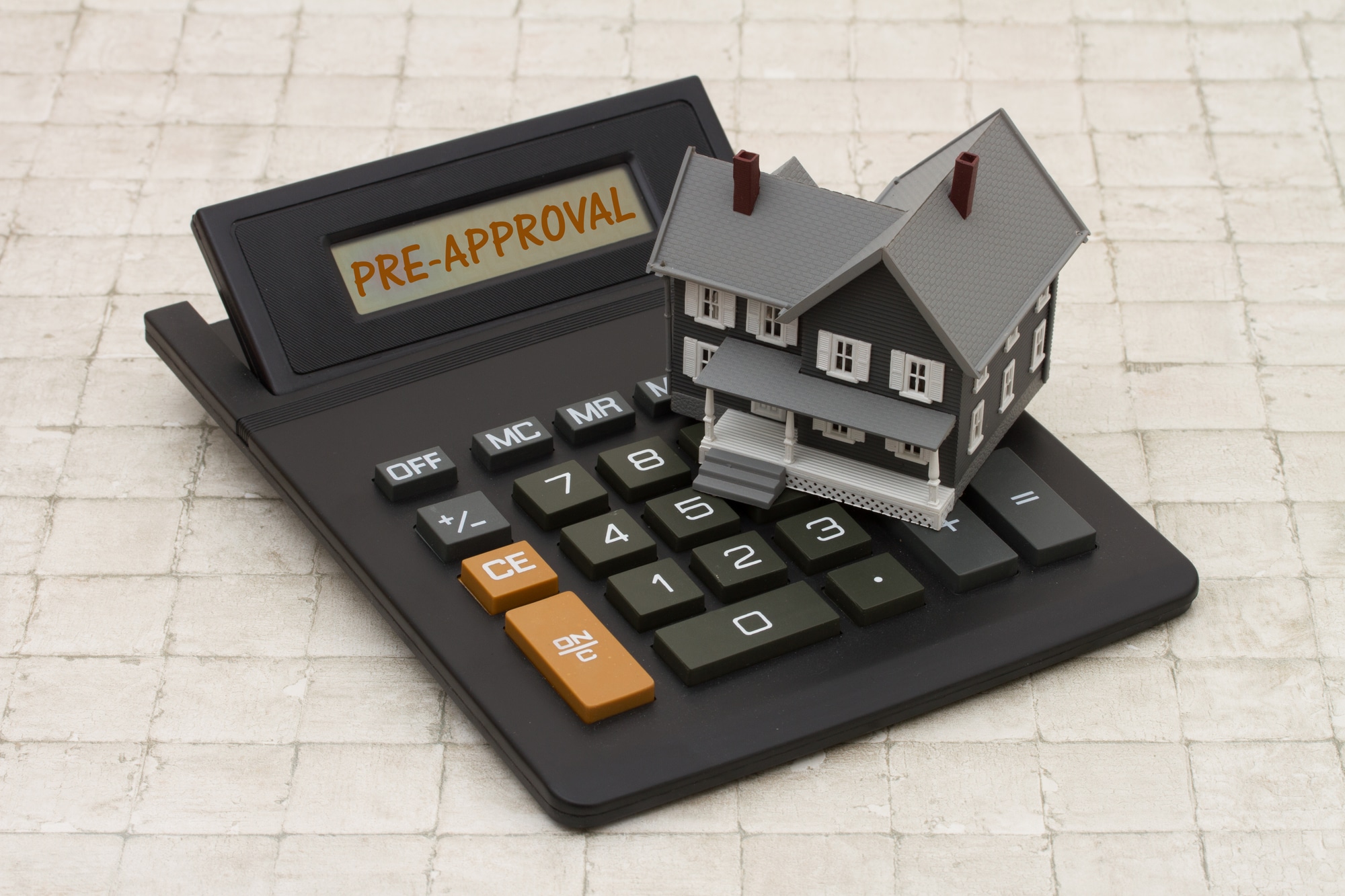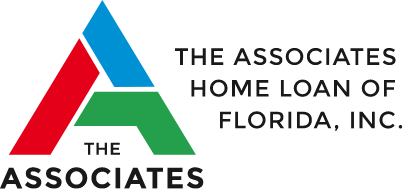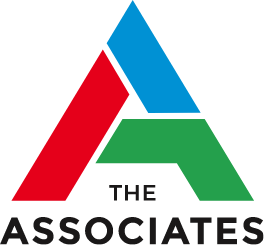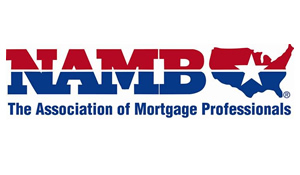
How to Get Pre-Approved for a Mortgage (And Why It Matters)
After looking at homes on Zillow all week, you might feel ready to contact a seller and schedule a tour. But before you even set foot in a property, you’re going to want to sit down and talk with a lender about mortgage pre-approval.
A pre-approval letter isn’t a magic ticket that guarantees you a house, but it will greatly increase your chances of getting the property you want and make the home buying process easier.
If you already know about the benefits of home loan pre-approval but you don’t think your credit is good enough, don’t worry – we’ll cover that too. By the end of this guide, you’ll know all about how it works, the difference between pre-approval vs pre-qualification, and how you can get approved even if your credit isn’t where you’d like it to be.
What is Mortgage Pre-Approval?
Getting pre-approved for a mortgage means that a lender has determined that, based on a thorough review of your finances, you will be able to pay the necessary down payment and mortgage payments on a property up to a certain value.
Your pre-approval letter will include the mortgage amount you have been approved to borrow. This can be shown to sellers as evidence of your ability to pay.
Why is it Important?
Unless you’re able to buy a home with cash (and if you are, you don’t need to be reading this!), you won’t get very far in the buying process without a pre-approval letter in most markets. Here’s why:
It gives you a price range. House hunting is hard enough, but it’s near impossible when you don’t have an accurate budget in mind. After sitting down with a lender and getting pre-approved for a mortgage, you’ll be given an estimate of what you can afford. This will save you from wasting time looking at properties outside your price range.
It alerts you to possible credit issues. You might think that you’re ready to get a loan for a house, but your lender may tell you otherwise. After a thorough review of your finances, they may catch issues that could prevent you from obtaining a mortgage. It’s much better to find this out during the pre-approval process than to get a nasty shock when you go to make an offer on a home.
Sellers expect it. Would you rather sell your home to someone you know nothing about, or someone who is guaranteed to have a good credit history and a stable income? In today’s competitive housing market, a pre-approval letter can mean the difference between acceptance and rejection. Most real estate agents won’t even give you the time of day without one.
You might be able to lock in an interest rate. Depending on the lender you work with, they may also offer a rate lock agreement. In exchange for a 1% deposit, they’ll lock in your interest rate. If you’re in an area where interest rates are particularly volatile, locking in your rate when it’s on the low end could help you save money.
Pre-Approval vs Pre-Qualification
You may have heard the terms “pre-approval” and “pre-qualification” used interchangeably. And it’s easy to see why – both provide an estimate of how much you can borrow, and both can be shown to sellers to increase the likelihood that they’ll accept your offer.
Despite their similarities, the two are actually quite different – here’s how.
What is pre-qualification?
Pre-qualifying for a loan means that a lender has checked your income, debt, and assets to give you an estimate of how much home you can afford. They do not look at your credit, and they won’t review your finances in depth – they’ll only go by the information you’ve given them (whether it’s accurate or not!).
Because the pre-qualifying process is so simple, it can be done online or over the phone, often for free. In a few days, you’ll receive a pre-qualification letter, which you can show to sellers as you start touring homes.
How is pre-approval different?
Pre-approval is a more extensive yet more valuable process. The lender will complete a thorough check of your financial background and credit history. Because they have more information to go on, your lender will be able to give you an exact loan amount in writing, not just an estimate.
Unlike pre-qualification, which is typically free, mortgage pre-approval will cost you a few hundred dollars in most cases.
Which one should I get?
There’s some debate surrounding pre-approval vs pre-qualification. Many people end up doing both. However, it is generally agreed on by mortgage experts that a pre-approval letter carries more weight and is more meaningful to sellers.
If you’re just curious to see how much you could potentially borrow, pre-qualification is the easiest way to find out. But if you’re serious about buying a home or you’re worried about how your credit will affect your mortgage, getting pre-approved is going to be more worth your while.
Plus, because pre-approval gives you an exact loan amount, you’ll be able to confidently shop below your budget. When a pre-qualification estimate is all that you have to go on, you might wind up looking at a few homes that are above what you can afford.
How to Get Pre-Approved for a Home Loan: Step by Step
Applying for mortgage pre-approval is nearly as intensive as applying for the mortgage itself. However, the plus side to this thorough process is that sellers will see you as a more reputable buyer.
To get pre-approved for a home loan, you’ll need to:
1. Check Your Credit Score
One of the key benefits of getting pre-approved is that it will save you time. Do yourself a favor and save even more time by checking your credit score before you apply for home loan pre-approval.
Checking your credit score on your own is free on sites like Credit.com. if you catch any errors, you’ll have the chance to fix them and increase your chances of getting approved the first time around.
2. Find a Lender
You can find a pre-approval lender at any mortgage brokerage firm. Many will even let you fill out the application online.
Keep in mind that you do not have to go back to the same lender who pre-approved you when you’re ready to apply for a mortgage. After your offer is accepted by a seller, it’s actually recommended that you shop around and speak with several different lenders before you settle on a mortgage rate (unless you locked in your rate during the pre-approval process).
3. Gather the Right Documents
You will have to show your lender many of the same documents you would need to provide with your actual mortgage application. Gathering all of these documents can be quite a chore, but when it comes time to apply for the real deal, you’ll be glad you have everything organized and ready to go.
For home loan pre-approval, your lender will want to see:
Proof of Income: Your lender will want anything and everything related to your income, including W2s (2 years), tax returns (2 years), and pay stubs (30 days).
Proof of Assets: In addition to what you earn, your lender will also want to see what you have on hand. This includes your checking and savings account balances, as well as any investments you may have, such as stocks, bonds, and CDs.
Debts: If you have monthly debt payments, such as student loans, credit card debt, real estate debt, or auto loans, you’ll need to report these, too.
Credit: You can’t apply for pre-approval if you haven’t built any credit. Most traditional lenders are looking for a score above 620, but certain types of loans may allow you to be pre-approved with a lower score. And remember, the higher the score, the lower your interest rate will be, so don’t just get up to the minimum score and stop trying to build your credit.
Prior Residence Documents: These include HOA documents and mortgage statements.
Personal Identification: Your Social Security Number & driver’s license are required as well.
If you are self-employed, gathering the information you need can be a bit trickier. Check out our guide to getting a mortgage loan when you’re self-employed to learn more.
4. Submit Your Application
If your lender uses an automated underwriting system and you’ve provided all of the necessary information, you could know if you’ve been approved in as little as a few minutes. Isn’t technology great?
Just keep in mind that if the information you provided was incomplete, the process will take longer. And if you’re denied, don’t worry – find out what went wrong and prepare to apply again.
Next Steps
Pre-approval letter in hand, you might feel like the hardest part is over – but don’t get too excited, because you’re not out of the woods just yet.
Remember, pre-approval is NOT a loan guarantee. In the weeks leading up to your closing date, you’ll have to walk on eggshells to avoid losing your financing.
Basically, you want to keep your finances as stable as possible.
That means you shouldn’t:
- Leave your job or apply for a new job
- Make a big purchase (a new car, a vacation)
- Take on new debt
- Miss a debt payment and hurt your credit score
On the other hand, there are things that you should be doing during this period. Saving for a down payment, fixing credit errors, and paying off debts are all smart moves.
But even something that seems positive, such as taking a higher paying job, could negatively impact your loan approval. Avoid major changes if you can, or run them by your lender to make sure they’re safe.
Frequently Asked Questions
How long does pre-approval for a mortgage last?
You were sure that you were transferring to a job in a new city, so you got pre-approved for a home loan and started looking at properties. But things changed, and now it turns out you’re staying put. How long will your pre-approval last before you have to go through the whole process over again?
Because credit can change so quickly, pre-approval letters are only valid for 60 to 90 days, so time your house hunting accordingly.
How can I increase my chances of getting pre-approved?
Whether you’re worried you’ll be denied or you’re trying to get pre-approved for a higher amount, here are some ways to improve your application:
- Check your credit before you apply and fix any errors right away
- Continue paying your bills on time to build credit
- Keep organized documentation of your finances
- Add additional income sources (unemployment benefits, cash tips, Social Security, VA benefits, etc.)
- Wait until you’ve been employed for 2 consecutive years to apply
A good way to test the waters before you apply for pre-approval is to apply for pre-qualification. While not as thorough as pre-approval, pre-qualification is typically free and will give you a good idea of what you can afford with your current income.
What if I can’t get pre-approved?
Tried all of the above, but still can’t get approved? You might want to consider alternative lending options. Look into bad credit home loans, such as hard money loans or VA loans that require little or no credit for approval.
Explore Your Home Loan Options
Pre-approval is by far the best way to know if you’ll qualify for a home loan and how you’ll be able to spend before you start your home search. Hopefully, this guide has made the pre-approval process less intimidating and easier to understand.
But pre-approval is still only one step in the home buying process – if you have questions about mortgages, interest rates, or alternative lending options, we have answers. Get in touch with Associates Home Loan of Florida to learn more about the loan application process and find a lending solution that works for you!
Recent Posts
Hard Money Loan Requirements: The Basics and How To Qualify
Hard money loans offer a unique financing avenue for individuals and investors seeking swift access to capital, especially when traditional lending avenues are not feasible. The expertise of lenders in approving hard money loans allowsRead More
What is a Private Mortgage? Your Guide to Private Mortgage Lending
When you need money for a project, investment, or renovation, you need it quickly and on your own flexible terms. At The Associates Home Loan, we work to create a seamless loan experience, securing loanRead More
Private Lender vs. Bank Mortgage: Everything You Need to Know
Are you ready to buy a new home but can't get through the strict lending requirements of a conventional mortgage? Or maybe you're a self-employed entrepreneur, have less than stellar credit, or are venturing intoRead More









